Jewish holidays and celebrations are an important part of Jewish culture and religion. These holidays are observed throughout the Hebrew calendar and are filled with traditions, customs, and rituals that have been passed down for generations.
Each holiday has its own unique history, meaning, and significance that is celebrated in different ways by Jewish communities around the world.
Some of the major Jewish holidays include Rosh Hashanah, Yom Kippur, Hanukkah, Passover, and Shavuot. These holidays are celebrated with special prayers, meals, and customs that are deeply rooted in Jewish tradition.
Other Jewish holidays, such as Tu B’Shvat, Purim, and Tisha B’Av, are also observed with their own unique customs and traditions.
Whether you are Jewish or not, learning about Jewish holidays and celebrations can be a fascinating and enriching experience. In this guide, we will provide a comprehensive list of Jewish holidays and celebrations, along with their dates, meanings, and customs.
We hope that this guide will help you gain a deeper understanding and appreciation of Jewish culture and traditions.
High Holidays
The High Holidays, also known as the High Holy Days or Yamim Nora’im, are the most important holidays in the Jewish calendar.
They are comprised of two holidays, Rosh Hashanah and Yom Kippur, and are observed in the month of Tishrei, which usually falls between September and October.
Rosh Hashanah marks the beginning of the Jewish New Year and is a time for reflection and introspection. It is customary to attend synagogue services, hear the sounding of the shofar (a hollowed-out ram’s horn), and eat festive meals with family and friends. On Rosh Hashanah, Jews believe that God inscribes their fate for the coming year in the Book of Life, and that the fate is sealed on Yom Kippur.
Yom Kippur, also known as the Day of Atonement, is the holiest day of the Jewish year. It is a day of fasting, prayer, and repentance. Jews spend the day in synagogue, reciting prayers and asking for forgiveness for their sins. At the end of the day, they break their fast with a festive meal.
During the ten days between Rosh Hashanah and Yom Kippur, known as the Days of Awe, Jews are encouraged to reflect on their behavior over the past year and seek forgiveness from those they have wronged. It is believed that sincere repentance and good deeds can change one’s fate for the coming year.
In conclusion, the High Holidays are a time for introspection, reflection, and repentance. They are the most important holidays in the Jewish calendar and are observed with prayer, fasting, and festive meals.
Sukkot
Sukkot is a week-long Jewish holiday that typically falls in late September or early October. Known as the “Feast of Tabernacles,” Sukkot commemorates the time when the Israelites wandered in the desert and lived in temporary shelters, or sukkahs, during their journey from Egypt to the Promised Land.
During Sukkot, Jewish families build and decorate sukkahs in their yards or on their balconies. These structures are made of natural materials like bamboo and branches and are covered with leafy branches. Families eat their meals in the sukkah and often sleep there as well.
In addition to the sukkah, another important symbol of Sukkot is the lulav and etrog. These are four species of plants that are held together and waved during prayers throughout the holiday. The lulav consists of a palm branch, myrtle branches, and willow branches, while the etrog is a citrus fruit that resembles a lemon.
Sukkot is a joyous holiday that celebrates the harvest season and the blessings of nature. It is a time for families to come together, enjoy festive meals, and give thanks for all that they have.
Simchat Torah
Simchat Torah is a Jewish holiday that celebrates the end of the annual cycle of public Torah readings. It is a component of Shemini Atzeret, a Jewish holiday that follows from the Sukkot festival.
Simchat Torah is celebrated on the 23rd day of Tishrei, which is usually in late September or early October. During Simchat Torah, Torah scrolls are taken out of the ark and carried around the synagogue in a series of seven hakafot or circuits.
The congregation sings and dances with the Torahs, celebrating the completion of the annual cycle of Torah readings and the beginning of a new one. Children often carry flags and candy is distributed.
The holiday is also marked by the reading of the last portion of Deuteronomy and the first portion of Genesis, symbolizing the cyclical nature of the Torah and the continuity of Jewish tradition. Many communities also hold festive meals and gatherings to celebrate Simchat Torah.
Overall, Simchat Torah is a joyous holiday that celebrates the importance of Torah and Jewish tradition. It is a time for reflection, renewal, and community celebration.
Hanukkah
Hanukkah, also known as the Festival of Lights, is an eight-day Jewish holiday that commemorates the rededication of the Holy Temple in Jerusalem. The holiday begins on the 25th day of Kislev in the Hebrew calendar, which usually falls in December.
During Hanukkah, Jewish families light a special candelabrum called a menorah each night, adding one candle each night until all eight candles are lit on the final night. The menorah is placed in a window or doorway to remind others of the miracle that occurred during the rededication of the Temple.
Another important tradition during Hanukkah is the eating of fried foods, such as latkes (potato pancakes) and sufganiyot (jelly-filled doughnuts). These foods are fried in oil to symbolize the miracle of the oil that burned for eight days in the Temple when there was only enough oil for one day.
| Year | Dates |
|---|---|
| 2022 | December 18-26 |
| 2023 | December 7-15 |
| 2024 | December 25-January 2 |
Overall, Hanukkah is a joyous holiday that celebrates the resilience of the Jewish people and the miracle that occurred during the rededication of the Holy Temple. It is a time for families to come together, light the menorah, and enjoy delicious fried foods.
Tu Bishvat
Tu Bishvat is a Jewish holiday that is also known as the New Year of the Trees. It is celebrated on the 15th day of the Hebrew month of Shevat, which typically falls in January or February.
Originally, Tu Bishvat was an agricultural festival that marked the emergence of spring. However, in the 17th century, Kabbalists created a ritual for Tu Bishvat that is similar to a Passover seder.
On Tu Bishvat, it is customary to eat fruits that are native to Israel, such as figs, dates, and pomegranates. This is because Tu Bishvat is also known as the “birthday” of the trees, and these fruits are symbolic of the bounty of the land of Israel.
In addition, many Jews also plant trees on Tu Bishvat as a way of celebrating the holiday and contributing to the environment.
Today, Tu Bishvat is celebrated in a variety of ways. Some Jews hold seders that are similar to the Passover seder, while others participate in tree-planting ceremonies or donate money to environmental causes.
In Israel, Tu Bishvat is also celebrated as a national holiday, and many schools and businesses are closed for the day.
Purim
Purim is a joyous Jewish holiday that commemorates the salvation of the Jewish people from the evil plot of Haman, an adviser to the Persian King Ahashverosh, who planned to exterminate all Jews in the empire. The holiday is celebrated annually on the 14th day of the Hebrew month of Adar, which usually falls in late winter or early spring.
In 2023, Purim will be celebrated on Monday night, March 6 and continues through Tuesday, March 7, (extending through Wednesday in Jerusalem) (Chabad.org).
The main communal celebration of Purim involves a public reading of the Book of Esther, also known as Megillat Esther, in the synagogue. The Megillah tells the story of the holiday, including the bravery of Queen Esther, who risked her life to save the Jewish people, and the downfall of Haman.
During the reading, the congregation makes noise and cheers at the mention of Haman’s name, using noisemakers called groggers, to symbolize drowning out his evil plans.
Other customs and traditions associated with Purim include exchanging gifts of food, giving charity to the poor, and feasting with family and friends.
One of the most popular Purim foods is hamantaschen, a triangular-shaped pastry filled with fruit or other sweet fillings. Children often dress up in costumes, similar to Halloween, and participate in parades or carnivals.
If you are interested in learning more about Purim and its customs, you can visit Chabad.org, which provides a comprehensive guide to the holiday, including recipes, videos, and articles.
Passover
Passover is an eight-day Jewish holiday that is celebrated in the early spring, from the 15th through the 22nd of the Hebrew month of Nissan, which in 2023 is from April 5th through April 13th. Passover (Pesach) commemorates the emancipation of the Israelites from slavery in ancient Egypt.
During Passover, there are several customs and traditions that are observed.
One of the most important is the removal of all chametz (leavened bread) from the home. This is done to symbolize the haste with which the Israelites left Egypt, as they did not have time to let their bread rise. Instead, they ate matzah, unleavened bread, during their journey.
Another important tradition during Passover is the Seder, a special meal that is held on the first two nights of the holiday.
The Seder is a time for families and friends to gather together and retell the story of the Israelites’ exodus from Egypt. It includes the reading of the Haggadah, a special book that tells the story of Passover, as well as the eating of symbolic foods such as matzah, bitter herbs, and charoset.
Passover also includes several days of rest and reflection. On the first and last days of the holiday, no work is permitted. In addition, there are restrictions on work during the intermediate days of the holiday. Yizkor, a special prayer for the dead, is recited on the last day of Passover.
Overall, Passover is a time for reflection, remembrance, and celebration. It is a time to remember the struggles of the Israelites in Egypt and to celebrate their eventual freedom.
Through the customs and traditions of Passover, Jews around the world continue to honor this important holiday and its significance in Jewish history.
Yom HaShoah
Yom HaShoah, also known as Holocaust Remembrance Day, is a day of commemoration for the victims of the Holocaust. The full name of the day is “Yom HaShoah Ve-Hagevurah,” which translates to “Day of Remembrance of the Holocaust and the Heroism.”
It is observed on the 27th day of the Hebrew month of Nisan, which typically falls in April or May on the Gregorian calendar.
Yom HaShoah was established by the Knesset, Israel’s parliament, in 1951 to honor the six million Jews who were murdered during the Holocaust. The day is marked with solemn ceremonies and memorials in Israel and around the world. It is also a time to reflect on the lessons of the Holocaust and to educate future generations about the dangers of hatred and intolerance.
On Yom HaShoah, many Jewish communities light candles and recite prayers in memory of the victims. In Israel, a siren sounds throughout the country, and people pause for a moment of silence to honor the memory of those who perished.
Schools and businesses are closed, and television and radio stations broadcast special programs about the Holocaust.
Yom HaShoah is an important day of remembrance for Jews and non-Jews alike. It serves as a reminder of the atrocities committed during the Holocaust and the need to work towards a world free from hate and prejudice.
Yom HaZikaron
Yom HaZikaron is a day of remembrance in Israel for fallen soldiers and victims of terror attacks. It is observed on the 4th day of the month of Iyar, which usually falls in April or May. The day begins with a siren that sounds throughout the country, and everyone stops to stand in silence for two minutes to honor the fallen.
Yom HaZikaron was established in 1963 by the Israeli government to commemorate the lives lost in the defense of Israel. It is a solemn day, and many Israelis visit military cemeteries to pay their respects to the fallen soldiers.
Schools and businesses are closed, and television and radio stations broadcast programs about the sacrifices made by the soldiers and their families.
In addition to the siren and visits to cemeteries, Yom HaZikaron is also marked by ceremonies and speeches. The Israeli flag is lowered to half-mast, and a national ceremony is held at the Western Wall in Jerusalem.
The ceremony includes the lighting of memorial candles and the recitation of prayers and poems in memory of the fallen.
Yom HaZikaron is one of four new holidays added to the Jewish national calendar since the creation of Israel. The other three are Yom HaShoah (Holocaust Heroes and Martyrs’ Day), Yom Ha’atzmaut (Independence Day), and Yom Yerushalayim (Jerusalem Day).
Yom HaAtzmaut
Yom HaAtzmaut is also known as Israeli Independence Day. This modern holiday is celebrated on the fifth day of the Hebrew calendar month of Iyar, which usually falls in April or May.
It is a day of great joy and celebration for the Jewish people, marking the establishment of the modern state of Israel in 1948. The day of Yom HaAtzmaut is preceded by Yom Hazikaron, which is Memorial Day for the Fallen Israeli Soldiers.
This day is a solemn occasion when Israelis remember those who have died in defense of their country. At the end of Yom Hazikaron, the country transitions into a celebratory mood in preparation for Yom HaAtzmaut.
On Yom HaAtzmaut, Israelis celebrate with parades, concerts, fireworks, and other festivities. The day is a national holiday in Israel, and many businesses and schools close to allow people to participate in the celebrations.
Jewish communities around the world also celebrate Yom HaAtzmaut in a variety of ways. Some hold special synagogue services, while others organize picnics, barbecues, and dance events. In the United States, large festivals are organized by a number of Jewish communities, such as in Los Angeles.
Overall, Yom HaAtzmaut is a day of great significance and joy for the Jewish people, both in Israel and around the world. It is a time to celebrate the establishment of the modern state of Israel and to reflect on the sacrifices that were made to make it possible.
Lag BaOmer
Lag BaOmer is a minor Jewish holiday that falls on the 33rd day of the seven-week period between Passover and Shavuot, a period of time known as the Omer. It is celebrated on the 18th day of the Hebrew month of Iyar, which usually falls in May.
The holiday is marked by joyful celebrations, including bonfires, picnics, parades, and weddings. Children traditionally play with bows and arrows, and some people get haircuts on this day, which is the only day during the Omer when Jewish law permits them.
The origins of Lag BaOmer are unclear, but it is believed to commemorate the end of a plague that killed thousands of students of Rabbi Akiva, a famous Jewish sage, during the Omer period. According to tradition, the plague ceased on Lag BaOmer.
Additionally, it is believed to be the yahrzeit (anniversary of death) of Rabbi Shimon bar Yochai, another prominent Jewish sage who lived in the second century CE and is buried in the northern Israeli town of Meron.
Today, Lag BaOmer is celebrated by Jews around the world, but it is especially popular in Israel, where tens of thousands of people gather in Meron to celebrate Rabbi Shimon bar Yochai’s yahrzeit. The celebration includes music, dancing, and the lighting of a huge bonfire.
Shavuot
Shavuot is a Jewish holiday that marks the giving of the Torah to Moses at Mount Sinai. It is also known as the Feast of Weeks or Pentecost. The holiday is celebrated on the sixth day of the Hebrew month of Sivan, which falls between May 15 and June 14 on the Gregorian calendar.
Shavuot is a two-day holiday, beginning at sundown following the 5th of Sivan and lasting until nightfall of the 7th of Sivan. In Israel, it is a one-day holiday, ending at nightfall of the 6th of Sivan. The holiday has both historical and agricultural significance.
Historically, Shavuot marks the day that the Jewish people received the Torah from God. It is a time for reflection and study of the Torah. It is customary to stay up all night studying the Torah on the first night of Shavuot.
Another tradition is to decorate the synagogue with flowers and greenery to symbolize the beauty and bounty of the harvest season.
Agriculturally, Shavuot is known as Hag ha-Bikkurim, which means the Festival of the First Fruits. It commemorates the time when the first fruits were harvested and brought to the Temple.
Today, it is customary to eat dairy foods on Shavuot, such as cheesecake and blintzes, as a reminder of the sweetness of the Torah and the abundance of the land of Israel.
Overall, Shavuot is a time for reflection, study, and celebration. It is a reminder of the importance of the Torah in Jewish life and the gratitude for the blessings of the land of Israel.
Tisha B’Av
Tisha B’Av, also known as the Fast of the Ninth of Av, is a day of mourning and fasting that commemorates the destruction of the First and Second Temples in Jerusalem. It is considered the saddest day on the Jewish calendar and is observed on the ninth day of the Hebrew month of Av.
During Tisha B’Av, Jews abstain from food and drink, bathing, wearing leather shoes, and engaging in marital relations. It is a day of reflection and prayer, with special services held in synagogues and the reading of the Book of Lamentations.
Many tragedies in Jewish history are believed to have occurred on the ninth of Av, including the destruction of the First Temple by the Babylonians in 586 BCE and the destruction of the Second Temple by the Romans in 70 CE. Other events include the expulsion of Jews from England in 1290 and the beginning of World War I in 1914.
Despite its somber nature, Tisha B’Av is also a day of hope and renewal. Many Jews use the day to reflect on the importance of the Temple and to work towards rebuilding a better world. It is a reminder of the resilience of the Jewish people and the power of faith and community in times of hardship.
Conclusion
The Jewish calendar is rich with holidays and celebrations that offer a chance to connect with Jewish culture and faith. Each holiday has its own unique significance and traditions that have been passed down through generations.
From the High Holidays of Rosh Hashanah and Yom Kippur to the joyous festival of Purim, there are many opportunities throughout the year to reflect, give thanks, and celebrate.
Observing these holidays can help us remember our history, celebrate our culture, and strengthen our connection to Judaism.
Whether it’s lighting the menorah during Hanukkah, fasting on Yom Kippur, or gathering with family and friends for a Passover Seder, these traditions help us stay connected to our roots and our community.
As we approach each holiday and celebration, it’s important to take the time to learn about its history, traditions, and customs. This can help us deepen our understanding and appreciation of the holiday and its significance.
Whether you are a lifelong member of the Jewish community or just beginning to explore Jewish culture and faith, there is always something new to discover and learn.
We hope this guide has been a helpful resource in learning about the many Jewish holidays and celebrations. May each holiday bring joy, peace, and blessings to you and your loved ones.
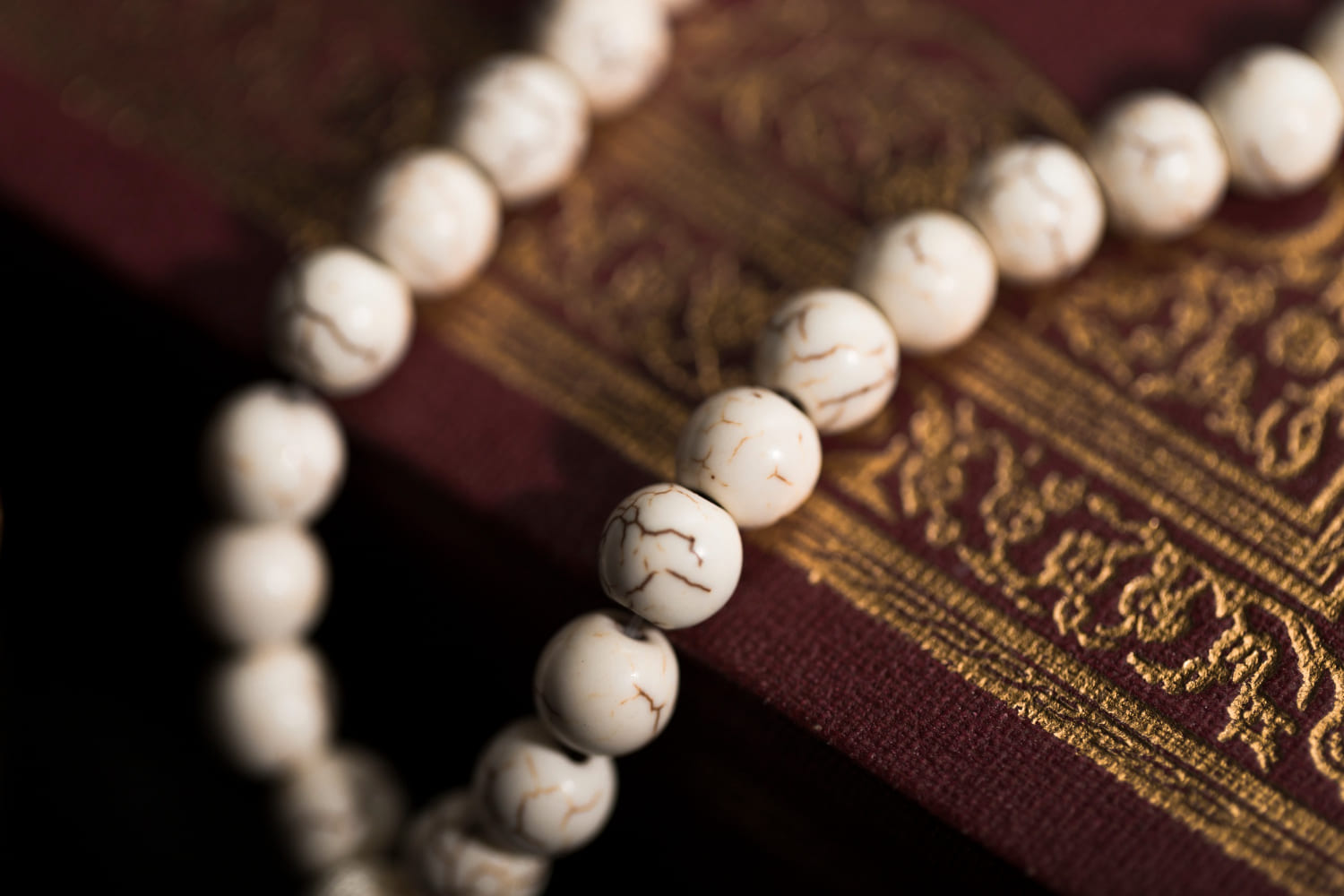

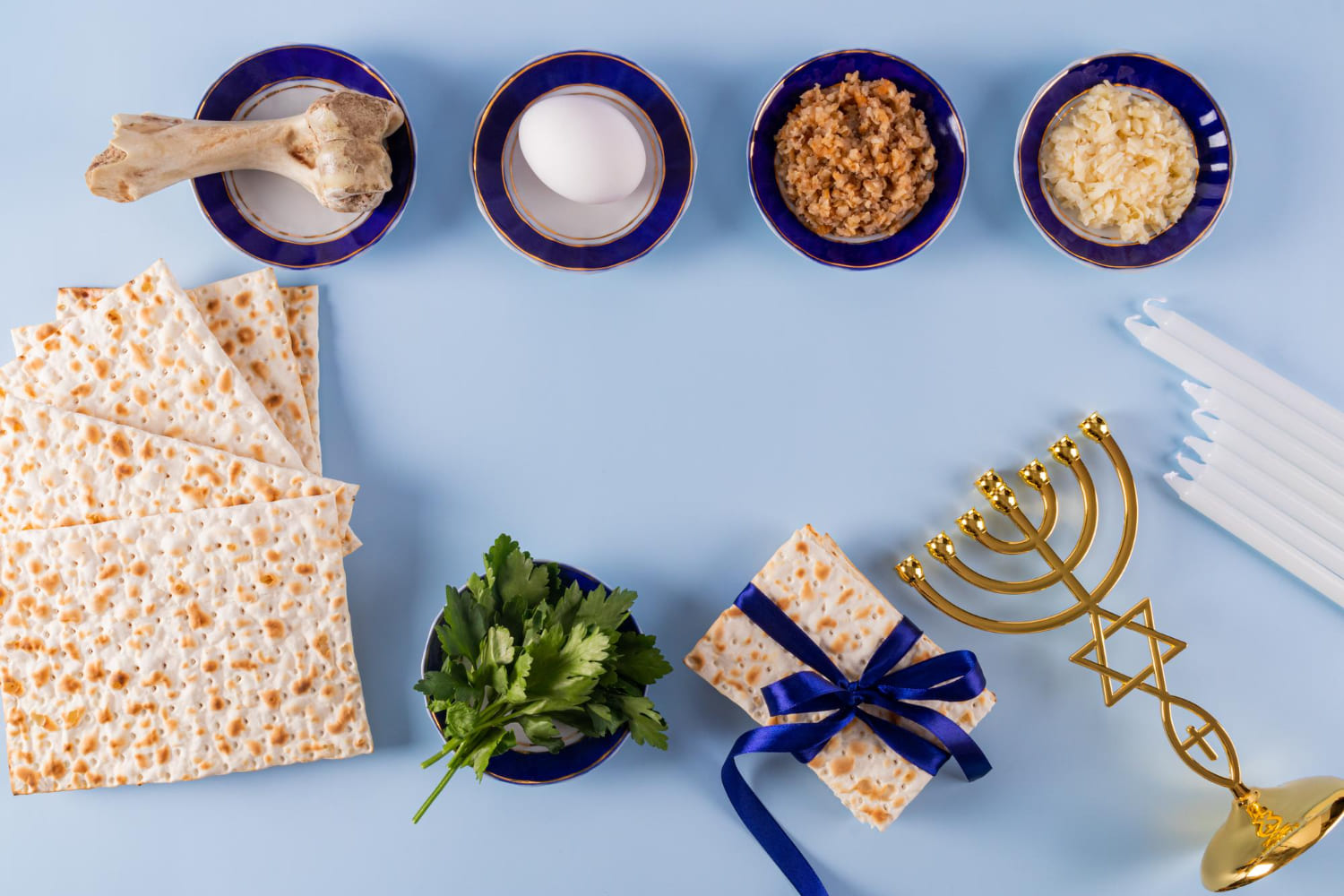
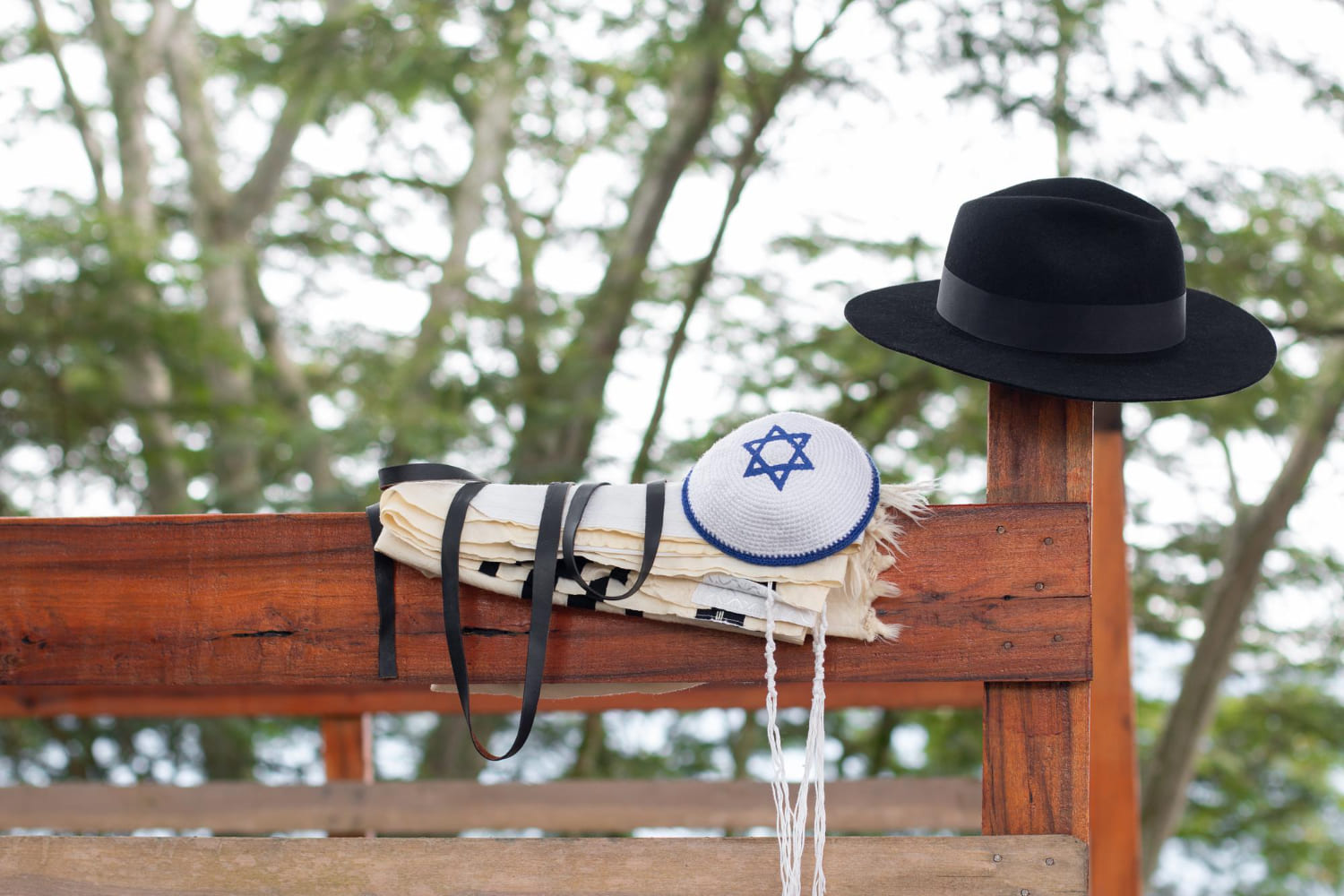

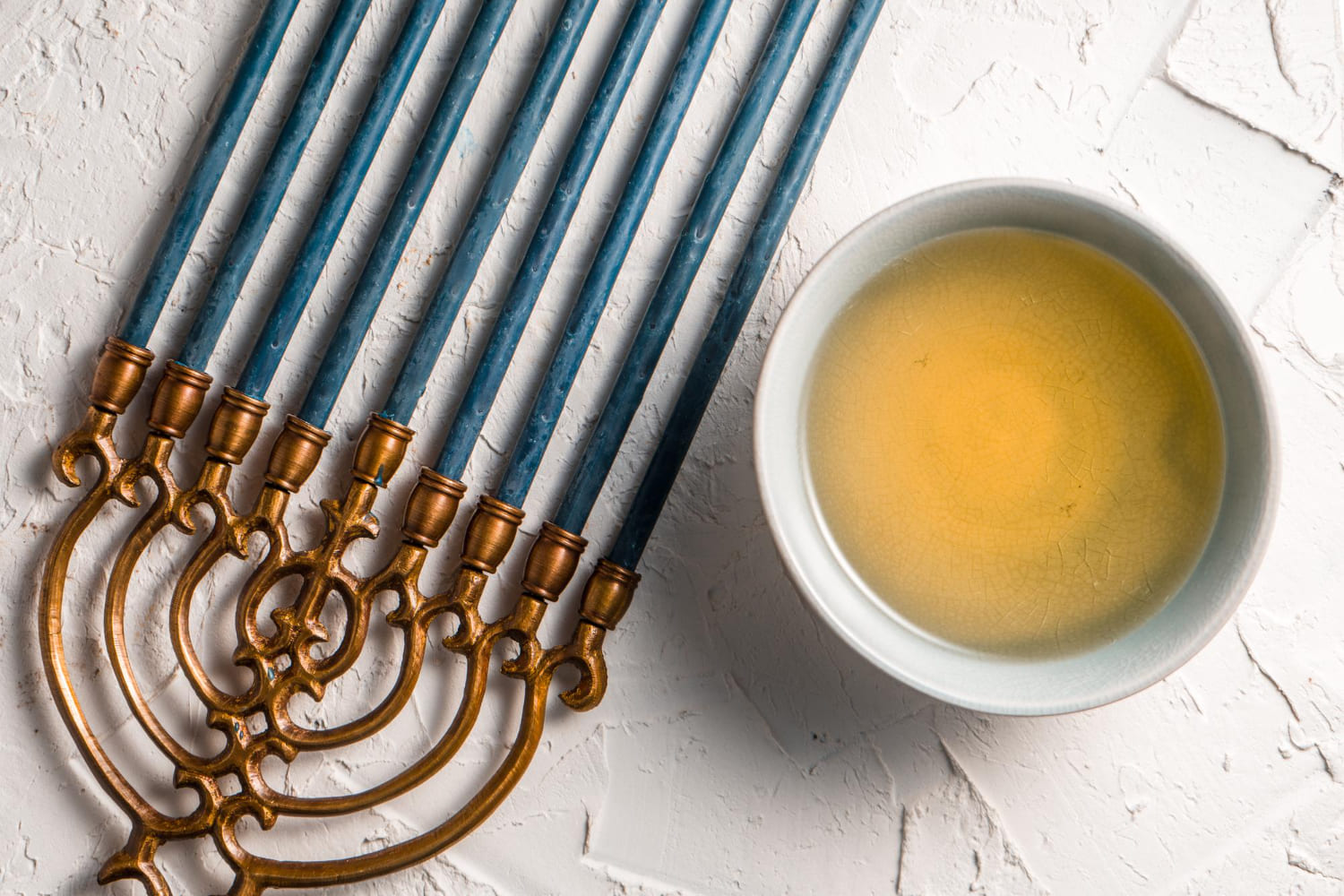
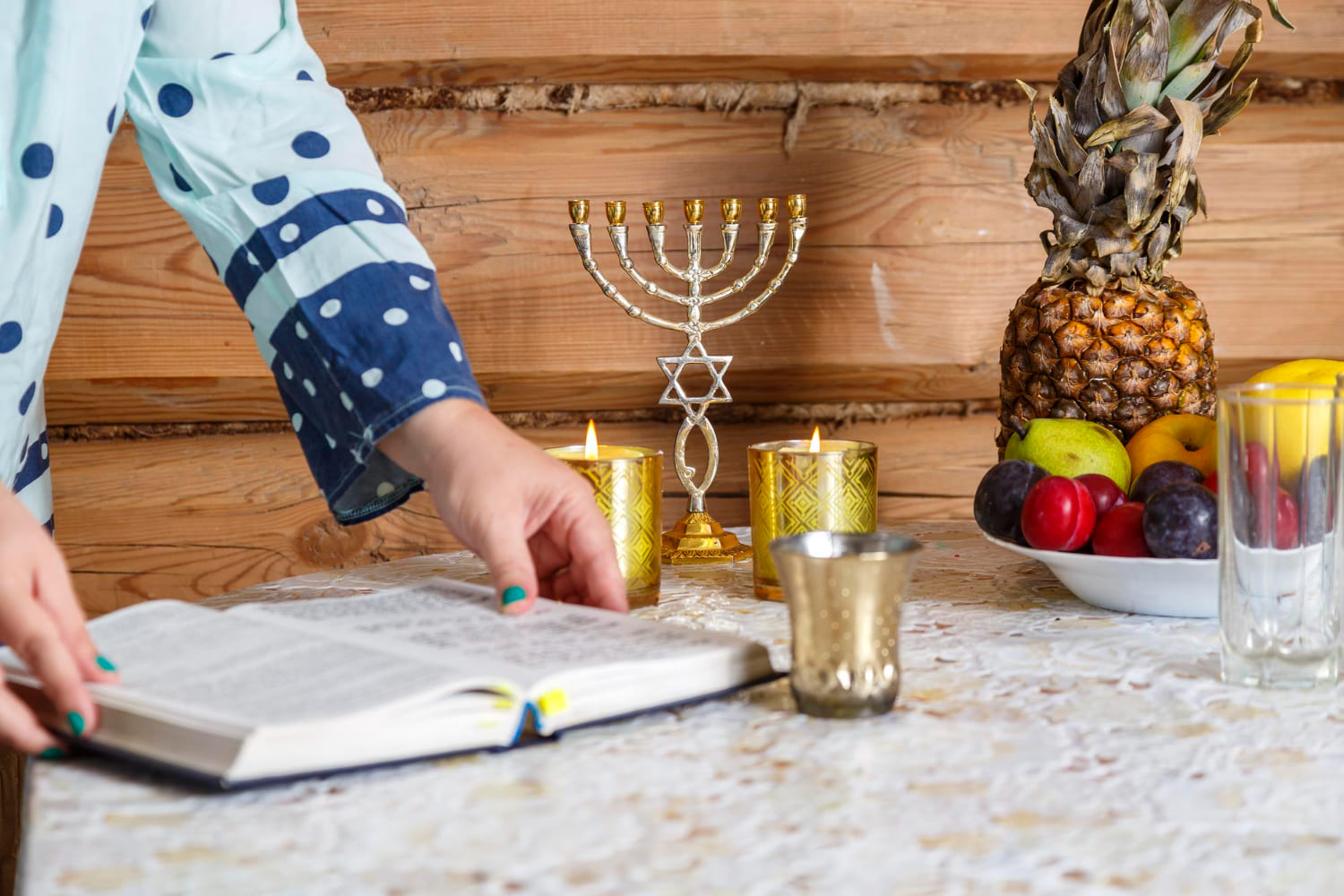
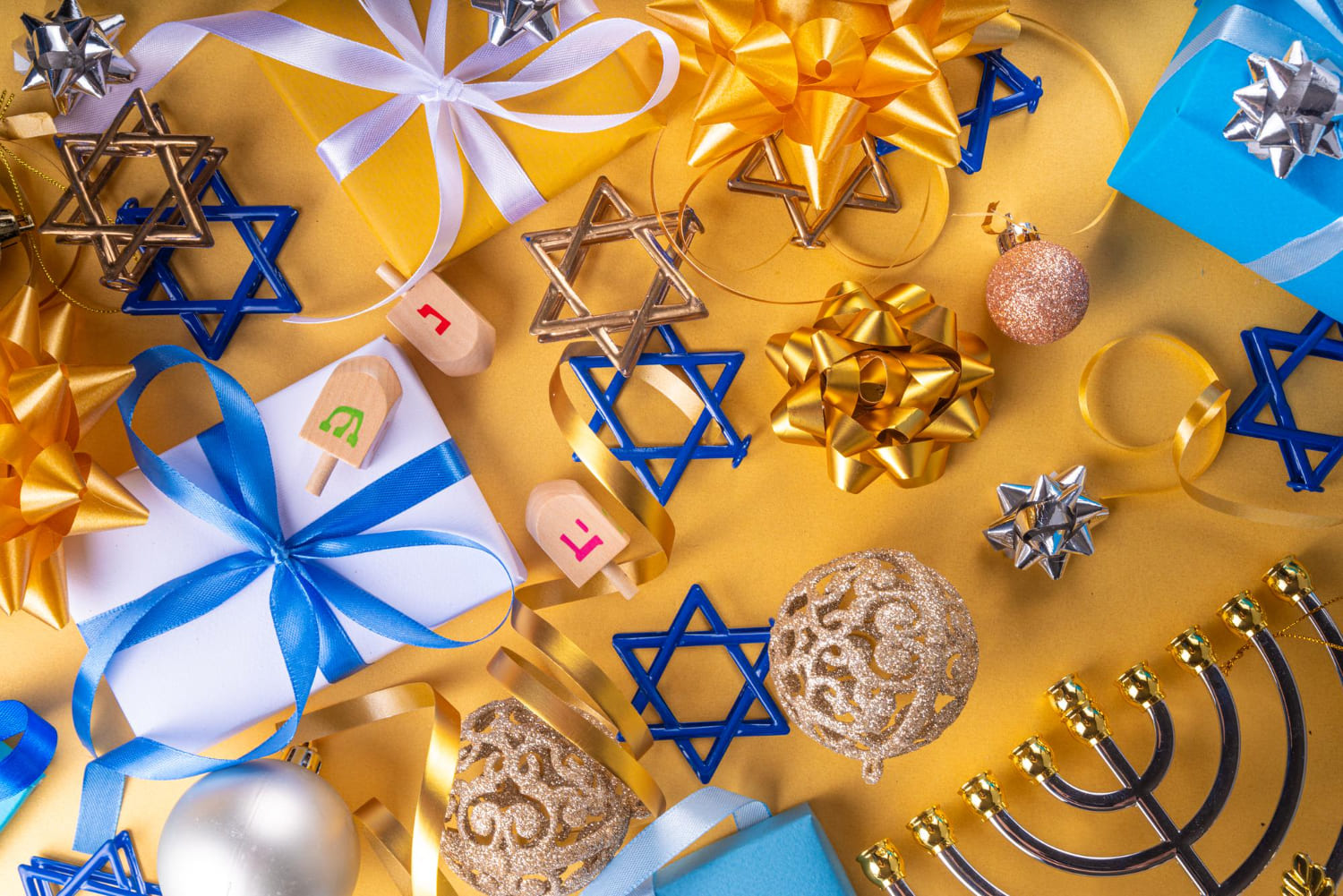
326532nd Happy Sabbath (Check up with AstroPixels Calendar Date Converter = 20th Feb, 4234 BCE to 22nd Feb., CE 2025)!
6259th Civil Year is going on now.
3564th Religious Year is coming (29-30th Mar., AD/CE 2025).
1188th Tithe Year is going to begin shortly!
509th Sabbatical Year is about to end!
Israelis didn’t keep 11 Sabbatical Years on the right Season and right time to this very day!
I visited your website. It’s ok. Please visit www dot yhwhcalendar49 dot com which is helpful to all truth-seekers. I can prove the above data according to Yahweh’s Calendar formula (49 Years = 49 – Year Luni Solar Cycle = 49 – Year Tropical Cycle = 606 Synodic Months = 588 Tropical Months = 17,896 days = Constant forever – Jeremiah 33:19-26) written in Leviticus 25:8-9. Present Hebrew Calendar is based on inaccurate – meaningless – Gentile Grecian 19 – Year Luni Solar Cycle. Jews forgot the formula of Yahweh’s Calendar in CE 135 after they were expelled from Israel. So, this is the time to restore the original calendar written by Mose the great Prophet. 49 – Year Luni Solar Cycle is not equal to 19 – Year Luni Solar Cycle (Leviticus 18:1-5; Deut. 12:32). Enoch Calendar (Demonic), Lunar Sabbath Calendar (Demonic), Grecian Calendar (19 – Year Cycle – 1 Timohty 4:1-2), Hindu Calendar (Inaccurate) are made by men only. Rabbis/Pastors have been misleading the people in every country under the veil of the Kingdom of Yahweh. NASA data is fake. I am willing to hear from you as a brother in the Jewish Messiah.
Thank you so much,
Rabbi Manasseh, Expert in Accurate Jewish History, Accurate Jewish Chronology, Yahweh’s Clock (Based on Leviticus 25:8-9) and so on.
Cell: +91 9704424254/WhatsApp.